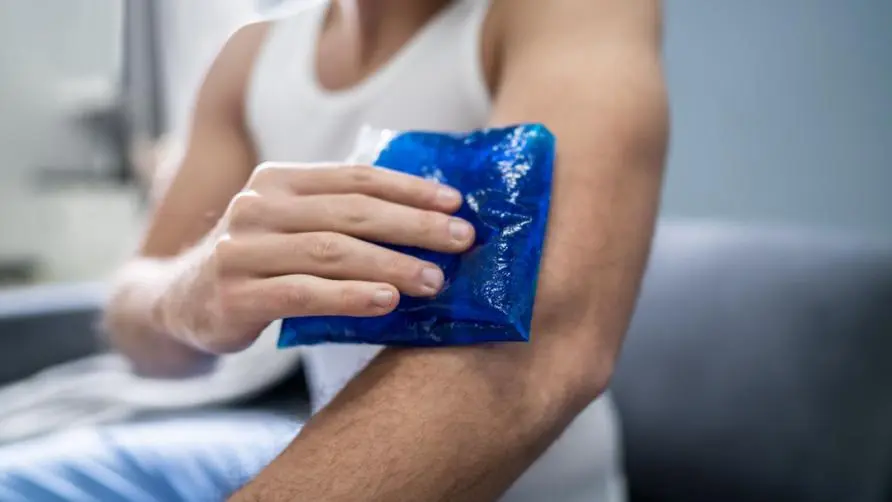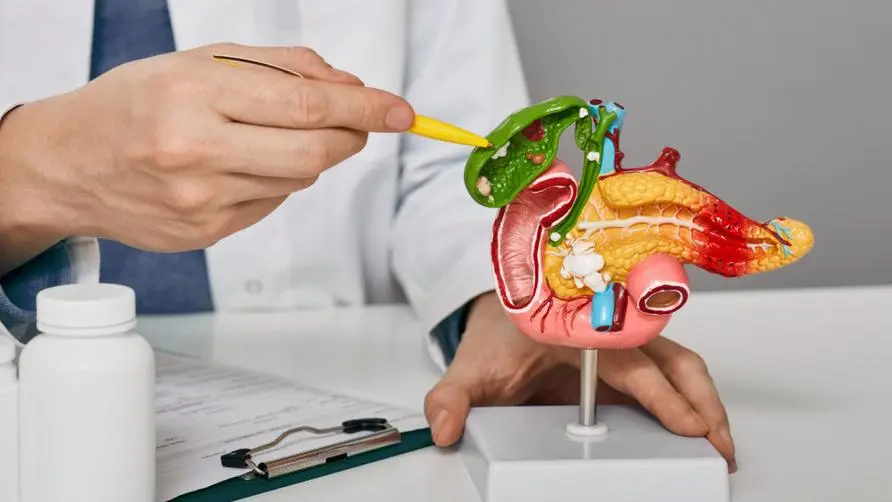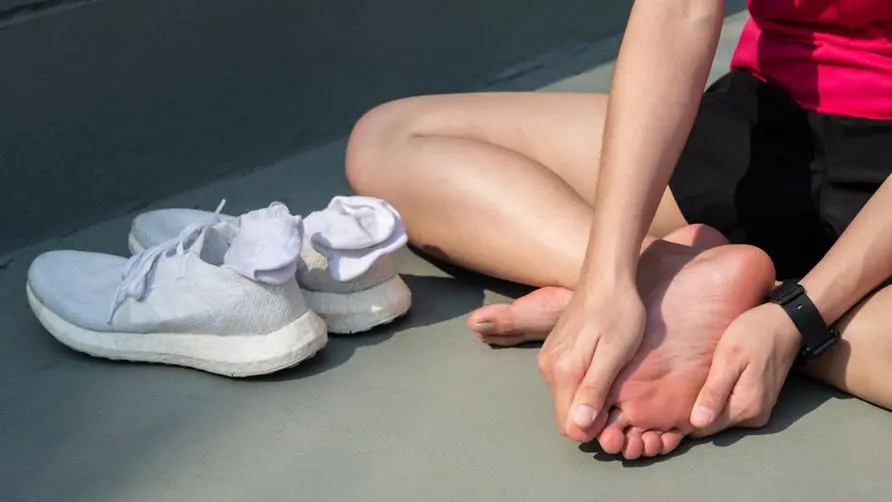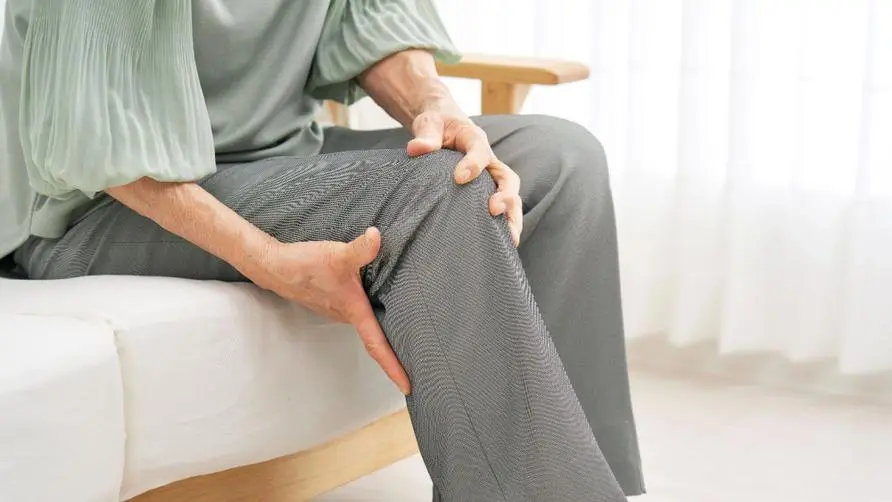Is it more difficult to recover after a sports injury if ice application immediately reduces blood circulation? Therapist reveals 5 principles of correct ice application

Don’t apply ice immediately if you suffer a sports injury? Is reducing inflammation difficult to recover from?
Applying ice as soon as possible after an injury may not be the correct way to deal with it. Physiotherapist Chen Xiaoqian posted in the “Chen Xiaoqian Physiotherapist/Strength and Conditioning Trainer” community that starting from 2020, the “Principles for the Treatment of Acute Sports Injuries” in BJSM (British Journal of Sports Medicine) will change from the past “POLICE” Changed to the “PEACE & LOVE” principle, the most surprising thing to the outside world was that the treatment of “ice” (ICE) was canceled and replaced by appropriate weight-bearing and activity (Optimal Loading). Whether ice is actually needed when the injury is actually injured requires more the basis for judgment.
When feeling unwell or injured, it is easy to associate it with “inflammation.” Therapist Chen Xiaoqian said that many people believe that ice can be used to “reduce the inflammatory response” when a certain part of the body is inflamed. However, there are many treatments for sports injuries now that “promote the inflammatory response”, hoping to stimulate tendons and ligaments and restart the repair mechanism to achieve the therapeutic effect. Therefore, reducing the inflammatory response is not necessarily suitable for treating sports injuries. Best practices.
What is the “PEACE&LOVE” principle for treating acute sports injuries?
acute phase = PEACE
P = Protect. Activities of the injured area should be reduced or restricted within 1-3 days after the injury to avoid further injury. Get moderate but not excessive rest.
E = Elevate (elevate the injured area). Elevate the injured area above the heart to reduce swelling of the affected area.
A = Avoid anti-inflammatory modalities. Appropriate inflammatory response helps repair injured soft tissue, and prolonged use of anti-inflammatory drugs should be avoided.
C = Compress. Use an elastic bandage to apply pressure to the injured area to reduce edema and intra-tissue bleeding.
E = Educate. Seek professional sports medicine professionals and physical therapists to achieve the best recovery results.
Subacute phase (recovery phase) = LOVE
L = Load. After the injured area no longer hurts, you can take appropriate exercises and exercises to promote the repair of muscles, tendons and ligaments.
O = Optimism. The brain and cognition play a key role in physical recovery, and an optimistic and positive attitude can exert positive recovery power. Psychological factors such as pessimism, depression, and fear may hinder functional recovery.
V = Vascularization. Proper aerobic exercise can promote blood circulation, help blood flow back to the injured area, speed up recovery and relieve pain.
E = Exercise. Exercise can restore the mobility, muscle strength and proprioception of the injured area, and appropriate exercise therapy can reduce the secondary risk of joint sprains. Exercise should only be carried out under the principle of “no pain”.
When is it appropriate to use ice? Redness, swelling, heat, and pain are key indicators
Therapist Chen Xiaoqian emphasized that the main purpose of ice application should be to avoid the “swelling” associated with injury or inflammation, because excessive swelling may affect the blood circulation and repair of the injured area, and even compress adjacent tissues and cause pain. Each treatment has its advantages and disadvantages, and it must be considered whether the overall effect on the injury is positive or negative. If the situation is not suitable for ice application, other treatments or even moderate activities may be more helpful in tissue repair.
Therapist Chen Xiaoqian explained that in the practical treatment of sports injuries, ice compresses are often used during severe exercise, severe pain and inflammation. In such cases, there are four obvious phenomena of “redness, swelling, heat and pain”. If you start applying ice when there is no redness, swelling, heat or pain, it may reduce the pain, but it may also reduce blood circulation and delay the body’s repair mechanism.
Basic judgment method for using ice after injury:
If there is an obvious and simultaneous reaction of “redness, swelling, heat, and pain”, you can apply ice compress
It is recommended to apply ice for no more than 15-20 minutes each time, with an interval of more than 3-4 hours between each time.
If there is no obvious “redness, swelling, or heat”, you can take a look with moderate activities.
Moderate activities: refers to activities within a range that does not cause pain, or the pain does not gradually worsen.
If the injury does not improve within a week, it is recommended to seek assistance from medical professionals
Active treatment can speed up recovery and proper exercise can help blood circulation.
Why did the “Principles for the Treatment of Acute Sports Injuries” cancel the ice compress method that was commonly used by the public in the past and replaced it with appropriate weight-bearing and activities? Therapist Chen Xiaoqian believes that this is related to the concept of “active recovery”. Appropriate activities and rehabilitation exercises are the ways to deal with sports injuries with the most positive effects and the least side effects.
Therapist Chen Xiaoqian explained that after an injury, as long as the injury is not aggravated, moderate activity in the affected area can help promote blood circulation and avoid deterioration in abilities such as muscle strength, balance, proprioception, and joint mobility. On the contrary, resting for too long and over-protecting may affect muscle endurance, sensation and joint mobility.
Therapist Chen Xiaoqian reminded that ice compresses are not completely useless, nor is it recommended that the public “never use ice compresses again.” Faced with the changes in body parts after sports injuries, one should understand the principles behind it and find a way to deal with it that suits them. Since the treatment of sports injuries affects a wide range of people, ice compress is indeed the most direct and effective way to relieve pain for people who are afraid of pain. Or when it is necessary to reduce the “severe” pain response and sacrifice a small amount of blood circulation, ice application is still a feasible method.
Further reading:





